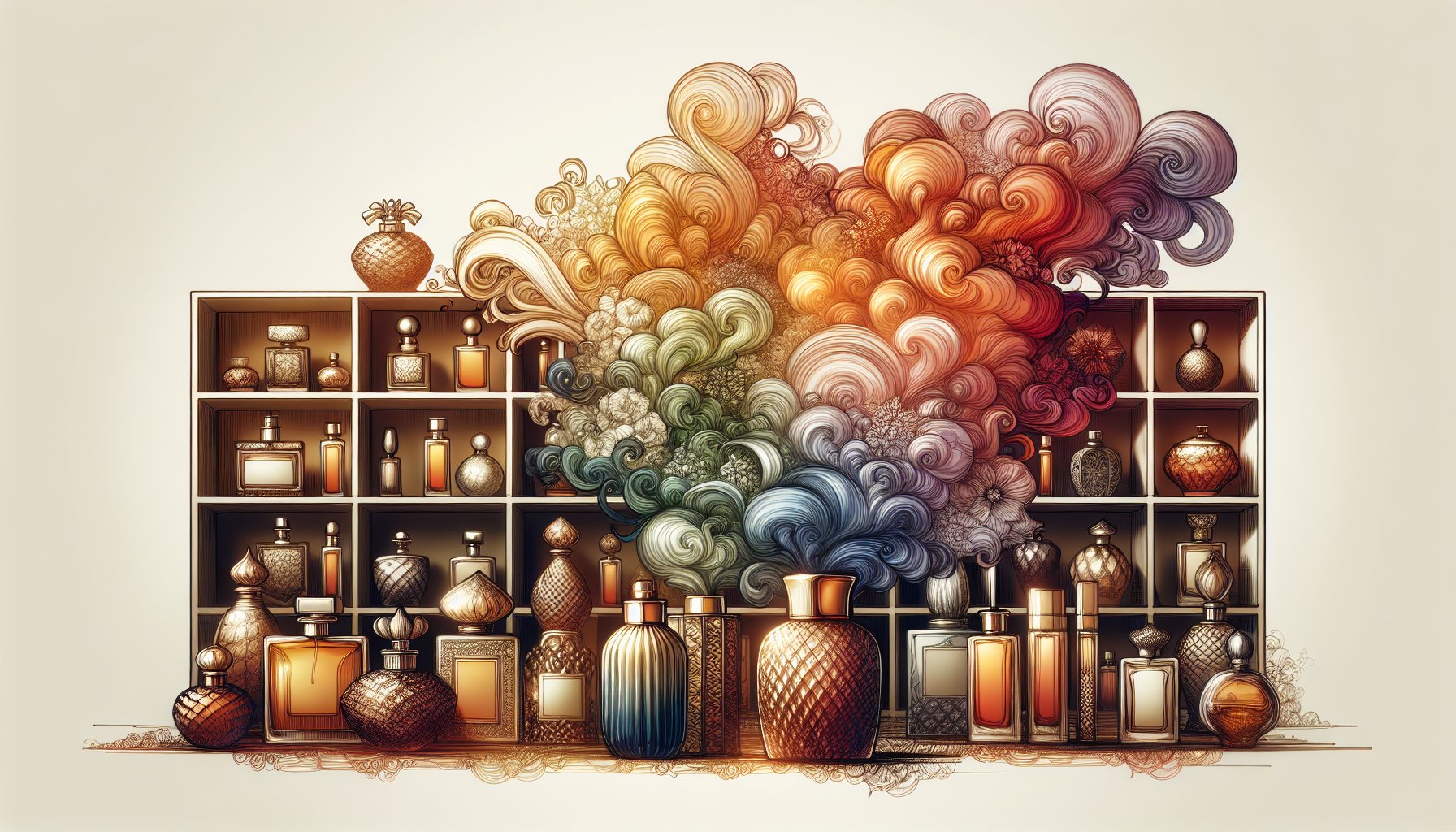The Deep-Rooted History of Oud

Oud, also known as agarwood or "the wood of the gods," has a rich history dating back thousands of years. This precious resin, derived from the Aquilaria tree family, has its roots in Southeast Asia but has become deeply intertwined with Middle Eastern culture. The journey of oud to the Middle East remains somewhat mysterious, but ancient texts suggest it was transported via the famous Silk Road, with agarwood discovered in China making its way through India to the Middle East.
Traditional Uses
Oud's significance extends far beyond its aromatic properties. In the Middle East, it has been an integral part of daily life, traditions, and rituals for centuries. The Prophet Muhammad is said to have loved fragrances and started the tradition of fumigating oneself with oud, a practice still followed by Muslims today. This connection to spirituality has earned oud the title "Wood of the Gods," and it's often used in religious ceremonies to facilitate a divine connection.
In Middle Eastern hospitality, oud plays a crucial role. It's customary to offer guests oud-scented incense or oil, creating a welcoming atmosphere and showcasing the host's graciousness. This tradition highlights the deep-rooted cultural significance of oud in Middle Eastern society.
Modern Popularity
While oud has been a staple in Middle Eastern perfumery for centuries, its popularity has recently surged in the Western world. Just a decade ago, oud was hard to find in Europe, but now it tops fragrance trend charts in popular magazines like Elle, Glamor, and GQ. This global appeal has led to a harmonious blend of local traditions and international influences in the perfume industry.
The modern oud perfume market showcases a fascinating evolution. Traditional extraction methods are now complemented by innovative techniques, allowing for the creation of scents that appeal to diverse audiences worldwide. This blend of old and new has not only preserved the rich heritage of oud but also opened doors to a global audience, redefining the landscape of fragrance.
Oud in Western Perfumery
The journey of oud from the Middle East to Western perfumery has been nothing short of spectacular. This exotic ingredient has taken the fragrance world by storm, becoming a must-have note in luxury perfumes.
The Rise of Oud in Luxury Fragrances
Tom Ford, the trailblazer in Western oud perfumery, released Oud Wood in 2007. This bold move by the luxury brand introduced a beloved regional scent from the Gulf Cooperation Council countries and India to the global stage. The result? A domino effect that has made oud a widely popular and sought-after fragrance note worldwide.
Today, it's hard to find a major fragrance house that hasn't dabbled in oud. Dior, Louis Vuitton, Versace, and Tom Ford have all released their own oud-based scents, often with eye-watering price tags. Abdulla Ajmal, CEO of Ajmal Group, a global oud connoisseur, explains the appeal: "The scent is like nothing else, which is why perfumers and designers worldwide are homing in on this ingredient to give their composition a unique differentiation."
Blending Techniques
Western perfumers have been exploring innovative ways to give this multifaceted note a modern spin. They're pairing oud with unexpected ingredients like citrusy bergamot and plush iris, creating intriguing combinations that appeal to a broader audience.
Philippine, granddaughter of Jacques Rouet (founding president of Dior), has personally worked on developing oud-based fragrances. For Roberto Cavalli's Divine Oud, she aimed to create a "very gentle, European-friendly oud, not animalic or too dark but a clean, white oud." This approach showcases how Western perfumers are adapting oud to suit different tastes.
Popular Oud Combinations
Perfumers are getting creative with oud, crafting scents that work beautifully year-round. By combining oud with soft musks and soothing lavender, they're highlighting its fresher side, making it suitable even for summer wear.
Some popular oud combinations include:
- Oud and bergamot for a fresh, citrusy twist
- Oud and iris for a softer, more powdery scent
- Oud and vetiver for a warm, intense trail
Abdulla Ajmal draws an interesting parallel: "Oud is a bit like caviar; it is an acquired taste. It's your first experience with oud that determines whether you love or hate it." This comparison highlights the diverse range of oud fragrances available, each offering a unique olfactory experience.
As oud continues to captivate the Western perfume market, it's clear that this "Wood of the Gods" has found a new home in luxury fragrances, satisfying the growing desire for richer, more individual scents in a world saturated with mass-produced fragrances.
